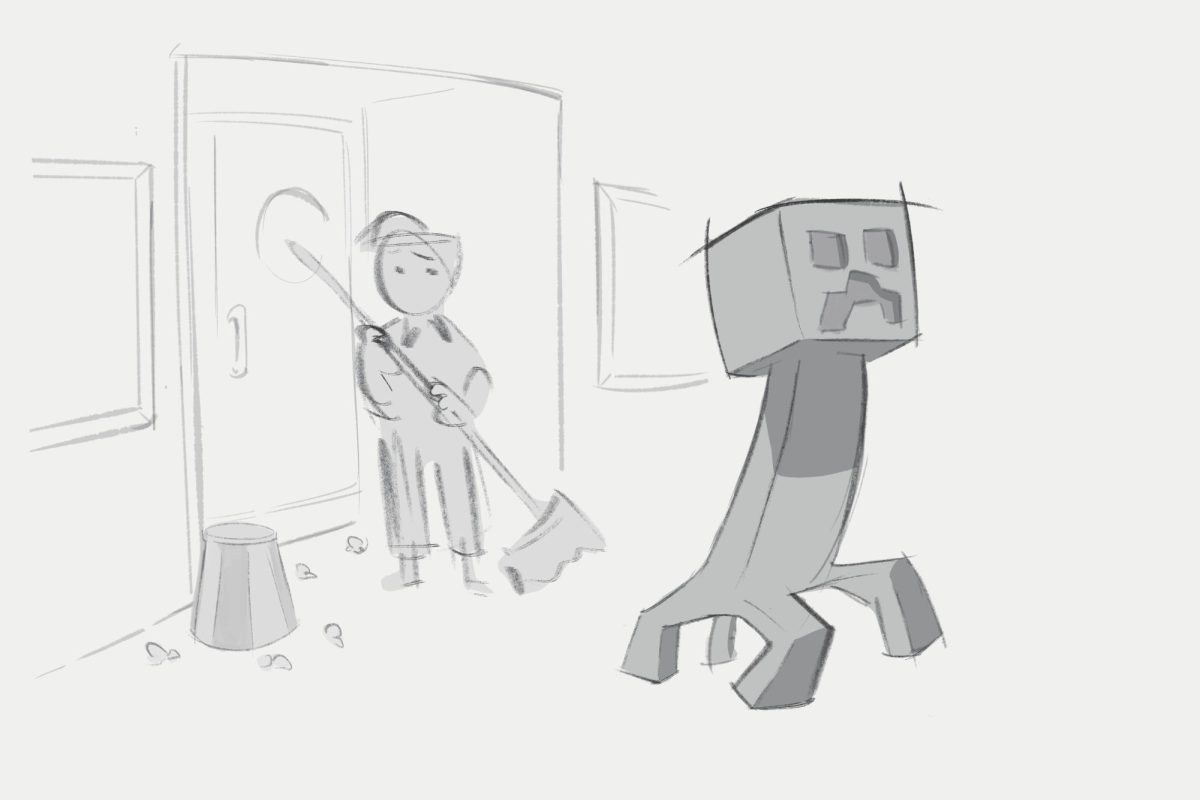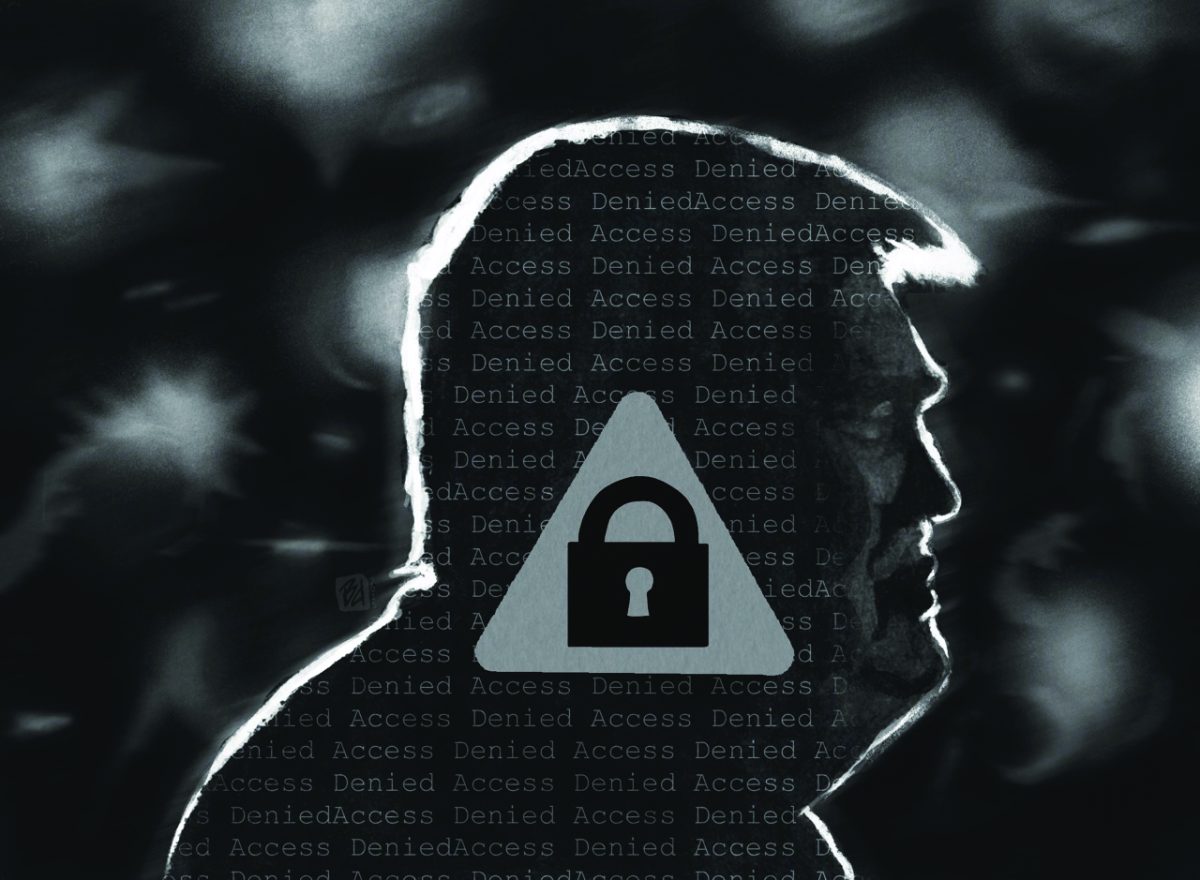Sexual assault is a topic many people have been warned about in one way or another. However, each individual’s perception on what constitutes as sexual assault varies and it’s often difficult to conceptualize it beyond rape and clear, aggressive sexual violence.
Looking through the Dallas College Annual Security Report, released Oct. 1, 2024, covering 2020-2023, there was one reported case of rape, one of statutory rape and one case labeled as ‘fondling’ on campus. According to the National Sexual Violence Research Center, “One in five women and one in 16 men are sexually assaulted while in college,” and over 90 percent of sexual assaults on college campuses are not reported.
Sexual assault comes in an abundance of forms, some not even meeting the necessities for a legal condemnation. Other instances of sexual violence can be more unclear in the moment – such as stealthing, spiking a drink to take advantage of someone or sexual coercion. With so many different forms, it becomes increasingly difficult for someone to recognize what happened to them as sexual assault, whether it be due to confusion or an invalidating though process such as “it wasn’t violent,” and “it wasn’t rape.” However, it’s important to note that sexual assault goes beyond rape and external sexual aggression.
Warped perception of sex
It’s no secret that the media we consume has an impact on what we think, say and how we act. The way we perceive sex is not immune to the scrutiny of society and the portrayal of it in different forms of media.
According to NSVRC, the main thing impacting the way intimacy is viewed, especially among young adults, is the common consumption of pornography. Those who consume porn were more likely to have unrealistic expectations and a warped understanding of sex.
Whether there is a correlation between porn and sexual assault is a different debated topic. However, NSVRC did write that “when issues like sexual assault or consent aren’t respectfully or accurately portrayed, it perpetuates harm in many ways.” Meaning, certain kinds of media can lead to more confusion in identifying sexual assault, even in times when it meets the legal definitions of sexual assault.
In terms of other media and its portrayal of sex and sexual violence, NVRVC wrote that inaccurate portrayals of these subjects are common. This not only changes the way people view and treat victims of sexual assault, but it sets an unrealistic – and often unhealthy – understanding of what relationships are.
We often see unhealthy and toxic relationships in the media pushed as ‘couple goals’ and what people should strive for – such as Aria and Ezra in “Pretty Little Liars,” Rory and Dean in “Gilmore Girls” or Ross and Rachel in “Friends.” This distorts reality and what we should view as red or green flags, contributing to ignoring more dangerous signs in real relationships, including during intimacy.
Sexual assault is portrayed in media – and society as a whole – as being violent and carried out by someone the victim doesn’t really know. However, according to NSVRC, nine out of 10 female victims of rape and sexual assault knew their offender before the assault occurred. More likely than not, a perpetrator of sexual assault is known to the victim and those around them – it’s not always just the random stranger on the street.
Pressure in sexual relationships
Among the different forms of sexual assault is coercion. According to Womenshealth.gov, “Sexual coercion is unwanted sexual activity that happens when you are pressured, tricked, threatened or forced in a nonphysical way.” What makes sexual coercion more difficult to detect at times is the fact that it does not even need to be physical to persuade the person.
On the more aggressive side of coercion, one might use threatening language to force a victim into something they’re not comfortable with – even if it’s something that may get brushed off as insignificant. According to WebMd, coercion can appear through threatening to leave someone if they do not give in, threatening to spread rumors or pictures and overall using a power imbalance as leverage.
On the other end, some forms of coercion may appear more subtle, leaving a victim questioning if their discomfort is misplaced and ‘over-the-top,’ especially if in a relationship with the perpetrator.
According to a 2020 article published in the “Journal of American College Health,” 65.2 percent of college students were reported to be sexually active. In such moments, it can become difficult to say no, and leave an uncomfortable situation, no matter how much one might want to.
According to research done by the Illinois News Bureau, nearly 40 percent of participants, out of a total of 255 young women, said that they’ve felt pressured into sexual acts through sexual coercion. Some common phrases used by perpetrators of sexual coercion may include, but are not limited to: “We’re in a relationship, we’re going to do it at some point anyway,” “But you’re making me wait so long” or even harmful comments played off as ‘jokes.’ These are a few of the ways one can feel pressured and guilted into sexual acts that they otherwise would not have consented to.
In addition to feeling pressure and guilt, another notable and common method of sexual coercion is lying. Personally, I find this one to be a rather common form of sexual assault among young adults and college students, simply because it encompasses so much. If someone lies and creates false promises to a person with the intention of convincing them to do something sexual, this falls under sexual coercion. Additionally, lying about things such as birth control, whether someone is on it or whether someone is using condoms, is also another form of sexual assault.
The difficulty of calling it what it is
Even when recognizing an act as nonconsensual, it can still feel impossible for a victim to label the incident as ‘sexual assault.’ It is truly a gradual conclusion to come to, with a lot of mental back and forth. But why is this the case?
According to BBC, there is a common stereotype on what a lot of people classify as “real rape” or ‘real sexual assault.’ This, as I mentioned earlier, often involves the idea of a stranger who aggressively violates someone.
However, when sexual assault doesn’t fit this idea, “it can make it difficult for even the survivor to recognize that it still was, in fact, sexual assault,” Christine Ro wrote in her BBC article. “The brain, after all, categorizes experiences according to what we have been taught about what they mean.”
Resources for sexual violence
Understanding and sitting with being sexually assaulted is an incredibly difficult necessity. It’s one of the first steps in finding ways to cope, heal and live life despite this event.
Just because you may feel isolated, confused and helpless does not mean you have to figure out how to navigate an assault alone. To report an incident of sexual assault on campus, students can call 972-860-4290 or get help by emailing [email protected] to set up a confidential appointment.









